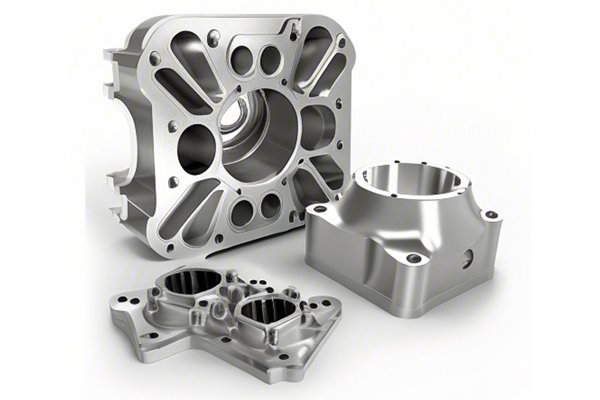*
Did you know that brass is one of the most commonly used materials in manufacturing, specifically in CNC machining? With over 70% of brass being composed of copper, it is not only prized for its low friction qualities but has also been a staple in various industries—ranging from automotive to aerospace. Among the many alloys available, 75 brass and C360 brass stand out due to their unique properties and applications. So, what exactly sets these two types of brass apart in the context of CNC machining?
In this blog, we will delve into the essential differences between 75 brass and C360 brass, analyzing their compositions, machinability, mechanical properties, and applications in order to provide a comprehensive understanding of their suitability for CNC machining.
Brass is an alloy primarily made of copper and zinc, but it can also contain other metals which enhance certain properties. This section will outline both 75 brass and C360 brass.
1.1 What is 75 Brass?
75 brass, often referred to as a free-cutting brass alloy, generally contains approximately 75% copper, 22% zinc, and about 3% lead. This composition endows it with several advantageous properties that make it favorable for precision machining.
1.2 What is C360 Brass?
C360 brass is another popular free-cutting brass alloy, widely known for its excellent machinability. It typically consists of around 61% copper, 35% zinc, and up to 2.5% lead. The lower copper content gives C360 distinct characteristics compared to 75 brass.
Understanding the chemical composition is essential as it directly affects the mechanical properties of the materials.
2.1 Comparison of Chemical Compositions
| Component | 75 Brass (%) | C360 Brass (%) |
|———–|—————|—————-|
| Copper | 75 | 61 |
| Zinc | 22 | 35 |
| Lead | 3 | 2.5 |
The increased copper in 75 brass contributes to its high corrosion resistance and strength. In contrast, the zinc content is higher in C360 brass, which enhances its machinability.
2.2 Implications for Machining
The different compositions lead to variations in machinability, tool wear, and surface finish.
When it comes to CNC machining, machinability is perhaps the most consequential factor to consider.
3.1 Machining 75 Brass
75 brass is relatively easy to machine due to its softness and the uniformity in its grain structure. It allows for smooth cuts and can be easily formed into intricate shapes. However, the presence of lead can sometimes complicate processes and lead to deformation if not done correctly.
3.2 Machining C360 Brass
C360 brass is often regarded as one of the most machinable brass alloys, making it a preferred choice for high-volume CNC operations. Its lower lead content leads to a cleaner operation, generating less smoke and mist, and producing a superior surface finish.
Mechanical properties such as strength, corrosion resistance, and hardness are vital for determining the right material for a specific application.
4.1 Strength and Hardness
4.2 Corrosion Resistance
Both materials possess excellent corrosion resistance; however, 75 brass typically has a slight edge due to its higher copper content. This quality is especially valuable in applications exposed to moisture or corrosive environments.

Choosing the right brass alloy can make or break a project. Here are the primary applications for each material.
5.1 Applications of 75 Brass
5.2 Applications of C360 Brass
Both materials pose unique challenges when machining.
6.1 Challenges with 75 Brass
6.2 Challenges with C360 Brass
To maximize results during CNC machining, consider the following recommendations for each material.
7.1 Best Practices for 75 Brass
7.2 Best Practices for C360 Brass
In summary, both 75 brass and C360 brass offer distinct advantages and challenges in the realm of CNC machining.
Key Takeaways:
Understanding these differences is vital for engineers, machinists, and manufacturers when selecting materials for their projects. As you embark on your next CNC machining endeavor, considering these factors could lead to significant advantages in performance and cost-efficiency.
This blog not only emphasizes the important characteristics that distinguish 75 brass from C360 brass, but it also stresses the significance of material selection in CNC machining. Reflect on your own projects and think about how the right choice of brass can enhance your outcomes, efficiency, and ultimately, your bottom line.
Related Posts
- How does the mechanism of steel melting point change at high temperatures affect CNC machining technology?
- How does CNC machining generate noise and dust, and what methods can control these issues effectively?
- How Do Weldability and Processing Difficulty of Titanium, Brass, and Aluminum Impact CNC Success?






